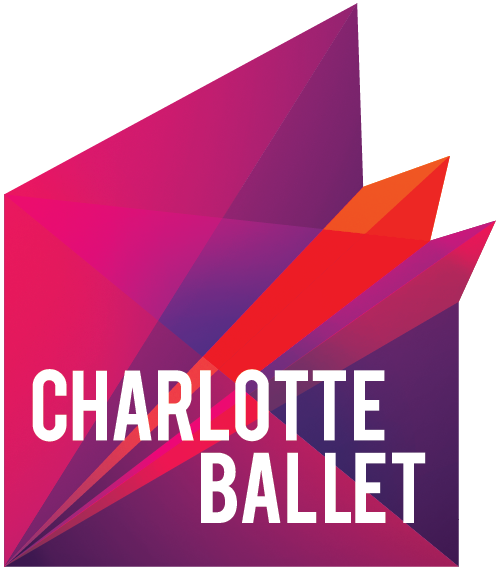Spring Works
April 25-27 | Knight Theater
Acclaimed choreographer Helen Pickett returns to create a new commission, In Cognito, which premieres at Spring Works this April and is sure to capture the beauty and power of our artists. We spoke with her about her piece, choreography and her love for Charlotte Ballet!
Can you speak to the expectations and responsibilities that come with being a female ballet choreographer?
My first commission was at Boston Ballet and I didn’t know how I would feel about choreography, but at the end of the day, I knew I found home. I knew I found where I needed to be. As far as female choreographers go, I am a choreographer. Gender shouldn’t matter but it does. It’s how this world operates. The importance of a female choreographer is the same importance as a male choreographer except there are less of us, especially in the ballet world. The importance is being there and setting an example. I don’t choreograph like a woman just like men don’t choreograph like men. We are choreographers and we have a style of who we are, not because of our gender.
Helen in rehearsal.
Have you adjusted your choreographic process from your world-wide traveling?
I find that when I step into a company, regardless of where it is in the world, I concentrate on the people in the room and what that is affording us in a give and take situation. It doesn’t matter where I am and who I choreograph on. It matters about how we connect when we start to make a piece. The atmosphere of the studio and how the dancers and I riff, really how I riff with the whole organization, is more important than the geography.
We’re thrilled your returning this year with a new commission. What made you excited to come back?
Charlotte Ballet rocks! As does Hope Muir. She is leading this company in such a beautiful direction. She has a passion and an intention and a generosity and a love for this company. It is a really beautiful place to work.
Photo from Helen Picket’s Tsukiyo by Jeff Cravotta
How are you approaching this work?
I do a lot of research beforehand and listen to the music – The late Oscar nominated Johann Johannsson and Mikael Karlsson provide the soundtrack for this creation. This particular music was chosen in tandem with a writer – Tom Robbins, whose writing and spirit greatly influenced the ideas for the new ballet. It’s a paradox of wanting to be seen, not wanting to be seen and needing to be seen.
What has this process been like outside of the studio?
Besides the dancers, I am working with a great team. I love working with them because they define space, but are completely ready to change that space, rethink what this should be. I love that collaborative nature in artists. That is also what we have in the studio. I believe this collaboration is give and take because it is a living art. As long as we are alive it is going to keep changing.
Helen in rehearsal.
Can you speak to the choreographic process of this work?
Working with dancers in the studio is the highlight of this process. Getting to know their personalities, having a conversation with them and seeing how we riff back and forth. Part of the reason why it’s been such a pleasurable experience in the studio is that the dancers know when its time to work and when its time to have a laugh. We work really hard and then there is this joy and humor that comes out because we just completed a section. I do believe that having an atmosphere where people can be themselves only promotes the art onstage. Those are the human beings I want to see on stage. When people have a good time in the studio, the creativity elevates. We are all not afraid to try new things, to say “yes” or “why not” rather than “no” or “why.” Giving dancers responsibility gives them ownership and that’s where we start to thrive.
Photo from Helen Picket’s Tsukiyo by Jeff Cravotta
What should audiences be looking for in your new piece?
When I make work, I don’t need the audience to see exactly what I see. I want the audience to make up their own mind of what their highlights are, rather than spoon-feed them what they need to like. I hope they understand the idea but if they don’t, that’s ok too because I understand it. As long as the audience is on a ride that brings them somewhere, whatever ride they choose to be on, and they get something from it, then that’s fine with me.
Audiences can also expect British choreographer David Dawson’s Opus.11, which highlights the power of human connection, and the return of Johan Inger’s stylistic game-changer Walking Mad.








